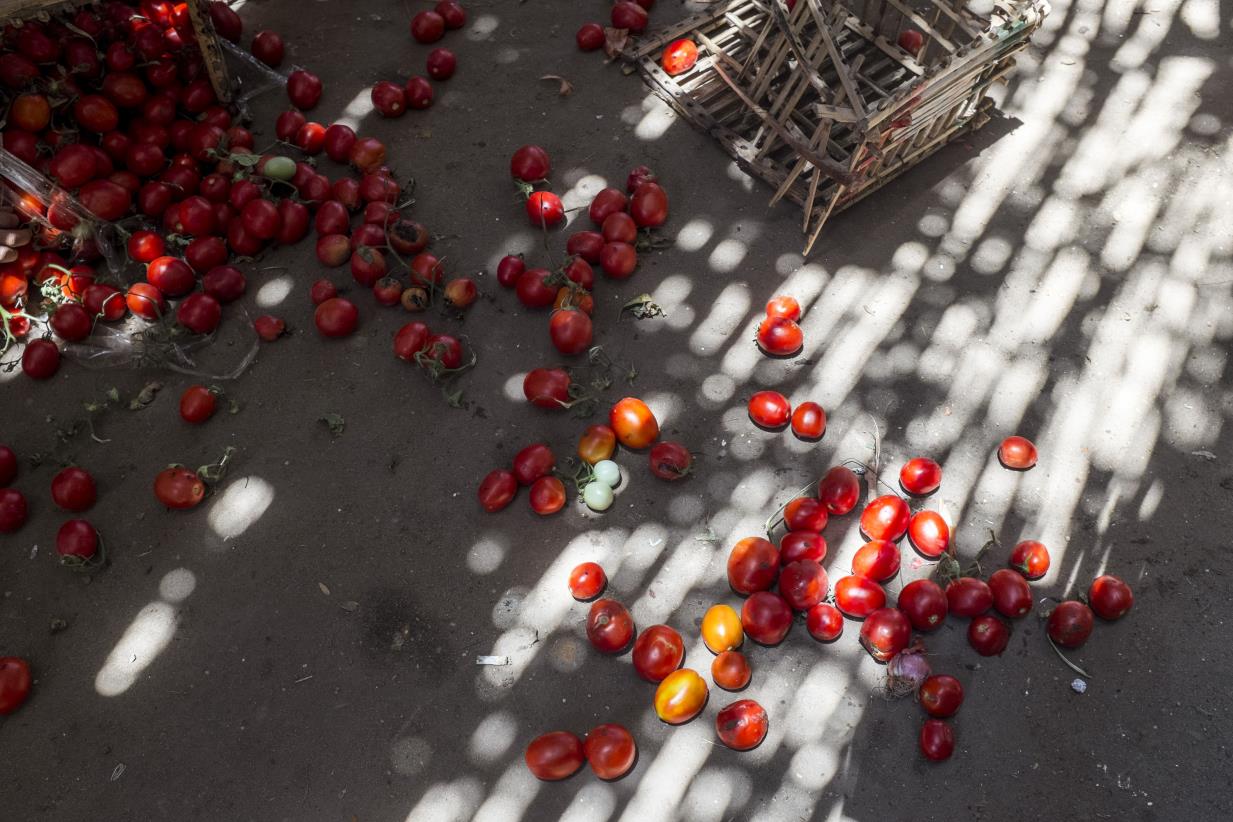Measuring and Monitoring Food Loss in NENA

Cairo, July 19 - Food loss reduction is a means to achieve broader food systems sustainability objectives as it contributes to improving food security and nutrition, livelihoods and reduces the burden on scarce natural resources such as land and water. However, the lack of reliable, consistent data on food loss among NENA countries is repeatedly highlighted as an obstacle to evidence-based and effective food loss reduction strategies and policies.
The Food Loss Index provides a measurement and monitoring mechanism, but first relies on country-level food loss estimates derived from supply chains of a prioritized food basket and using a combination of data collection instruments. The choice of instruments and methods for different critical food loss points (e.g., farm, transport, storage, distribution)depends on data needs, and resources and capacities in place; in other words, having a food loss measurement strategy.
FAO Regional Office for the Near East and North Africa and the Statistics Division in FAO Headquarters hosted a webinar focusing on how to produce statistical food loss data at country-level as an orientation for NENA countries to build their food loss measurement strategy. The objective was to increase awareness of Indicator 12.3.1.a (i.e., the Food Loss Index), its methodology, underlying data needs and possible data collection strategies to facilitate implementation and reporting at country-level.
The webinar gave an overview of the methodology of the Food Loss Index as well as guidelines to measure harvest and post-harvest losses,a set of instruments and methods to produce national statistics through indirect means (macroeconomic estimations, food balance sheets) and direct means (surveys, administrative data, field experiments, rapid appraisals and expert opinions) using diverse data collection methods. The Food Loss and Waste database was presented, along with some of FAO’s experience in NENA applying the field case study methodology.
Speakers from Ethiopia and Turkey were invited to share valuable experience from their respective countries in carrying out food loss measurement. In Ethiopia, the agriculture sector was given high priority in the government’s 10 year sustainable development plan, and within this FLW reduction a main objective. Mr Ahmed Ebrahim, Director of Agriculture, Natural Resource and Environmental Statistics Directorate of the Ethiopian Statistics Service explained that despite a lack of accurate data, initial studies served to signal the problem of FLW and elevate it in national planning, and thus justify the investment in data collection. Ms Ruhsan Ozdemir Cifci, District Director of Konak/İzmir Agriculture and Forestry, Ministry of Agriculture and Forestry highlighted that Turkey’s national strategy document for FLW prevention, reduction and management was developed engaging over 80 provincial agriculture directorates as well as local stakeholders, governorships, municipalities, universities, and NGOs. Mobilizing these stakeholders and institutions laid the ground for access to data and food loss studies at different stages of the supply chain.
A rich panel discussion took place including reactions about the particular challenges and opportunities for NENA countries. Ms Souhir Belaid Saidane, Sous Directeur des statistiques agricoles, Ministère de l’Agriculture, des Ressources Hydrauliques in Tunisia underscored the benefits of investing in food loss reduction against the cost of expanding production that perpetuates loss of food and natural resources. Mr Raed Ibrahim, Senior Researcher and Manager of Environment Section, Department of Planning and Follow-up, Ministry of Agriculture in Iraq brought insights from a planning perspective on how food loss measurement can be implemented and used to inform policy.
Ms Maryam Rezaei, Agro-Industry Officer, concluded by reiterating the dire need for quality and accurate data on food loss along supply chains in the region as an entry point to more sustainable, inclusive and resilient agrifood systems. Food loss must be tackled along the value chain but identifying critical loss points can inform targeted measurement and optimize financial and human resources. It emerged clearly that food loss measurement is context-specific and that capacity development for food loss reduction should be tailored to the specific challenges and needs of stakeholders. Finally, establishing effective partnerships, investment and innovation are key for the success of measurement and reduction of food losses in the region.
